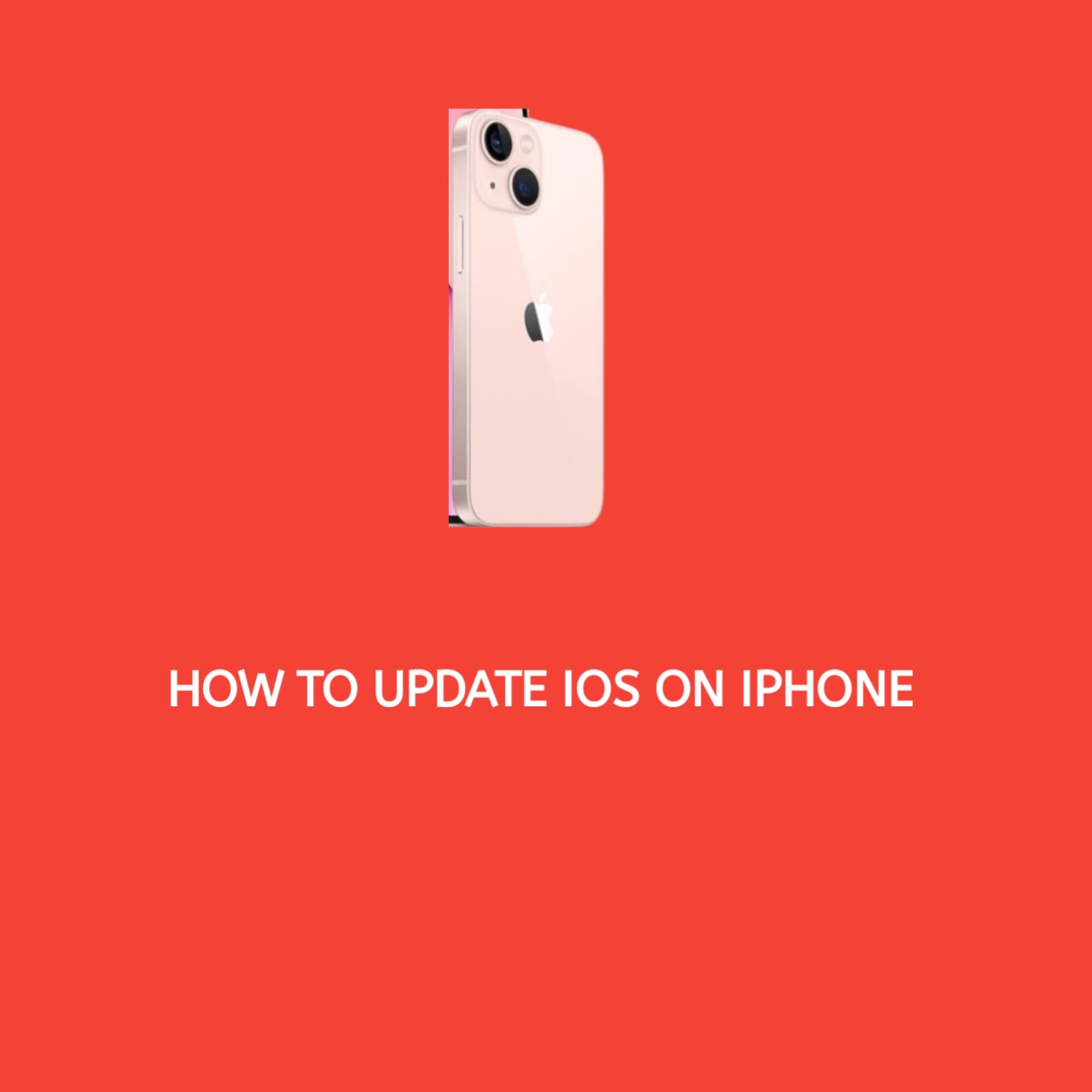Keeping your iPhone updated is essential to ensure your device remains secure, performs well, and has access to the latest features Apple offers. Fortunately, updating iOS is a simple process that anyone can do.
Why Update Your iPhone’s iOS?
Regularly updating your iPhone’s operating system comes with several benefits:
- Enhanced Security: New updates often include fixes for vulnerabilities that protect your data from threats.
- Access to New Features: Each iOS update introduces exciting features, design changes, or improved functionalities.
- Improved Performance: Updates address bugs that could slow down your device or cause apps to crash.
- App Compatibility: Many apps require the latest iOS version to function properly.
Preparing Your iPhone for an iOS Update
Before starting the update process, follow these steps to avoid interruptions or data loss:
- Back-Up Your iPhone:
- Using iCloud:
- Go to Settings > [Your Name] > iCloud > iCloud Backup > Back Up Now.
- Using a Computer:
- Connect your iPhone to a Mac or PC and back up via Finder (macOS) or iTunes (Windows).
- Using iCloud:
- Check Storage Space:
- Go to Settings > General > iPhone Storage.
- If space is low, delete unused apps or large files.
- Charge Your Device:
- Ensure your iPhone is at least 50% charged or connect it to a power source.
- Connect to Wi-Fi:
- Use a stable Wi-Fi connection to avoid excessive data charges or interruptions.
Step-by-Step Guide to Update iOS
Updating your iPhone can be done either automatically or manually:
- Enable Automatic Updates (Optional):
- Go to Settings > General > Software Update > Automatic Updates.
- Toggle on Download iOS Updates and Install iOS Updates.
- Manually Update iOS:
- Step 1: Open the Settings app.
- Step 2: Tap General.
- Step 3: Select Software Update.
- Step 4: If an update is available, tap Download and Install.
- Step 5: Enter your passcode if prompted.
- Step 6: Once downloaded, tap Install Now.
Troubleshooting Common iOS Update Issues
- Not Enough Storage:
- Clear cache, delete unused files, or update using a computer.
- Update Won’t Download or Install:
- Ensure you have a strong internet connection. Restart your iPhone and try again.
- Alternatively, update through Finder or iTunes.
- Stuck on “Preparing Update”:
- Wait for a few minutes or restart your device.
- Battery Drains Quickly After Update:
- Check Battery Health in Settings. Enable Low Power Mode if necessary.
Post-Update Tips
After updating your iOS, take the following steps to optimize your experience:
- Verify the Update:
- Go to Settings > General > About to check the iOS version.
- Update Apps:
- Open the App Store, tap your profile picture, and update all apps.
- Explore New Features:
- Review Apple’s release notes or explore the new features introduced in the update.
(FAQs)
Q: How long does it take to update iOS?
A: It typically takes 15–30 minutes, depending on your internet speed and device.
Q: Can I update iOS without Wi-Fi?
A: Yes, but it may use significant mobile data. Wi-Fi is recommended for faster downloads.
Q: What happens if my iPhone runs out of battery during the update?
A: The update will pause and resume once your device is charged and powered on.
Q: Why isn’t my iPhone compatible with the latest iOS?
A: Some older iPhone models may not support newer iOS versions due to hardware limitations.
Conclusion
Updating iOS on your iPhone is a simple yet crucial step to keep your device secure, optimized, and up-to-date with the latest features. By following the steps outlined in this guide, you can easily update your device and troubleshoot any issues that may arise. Make it a habit to check for updates regularly and enjoy the best iPhone experience.
